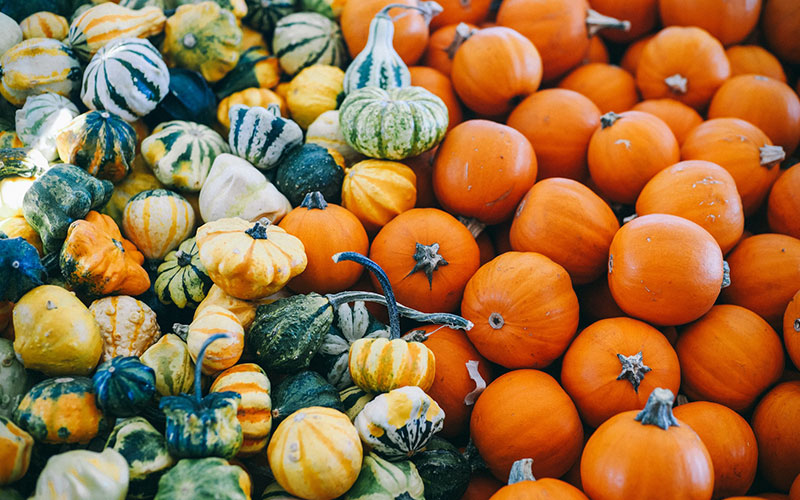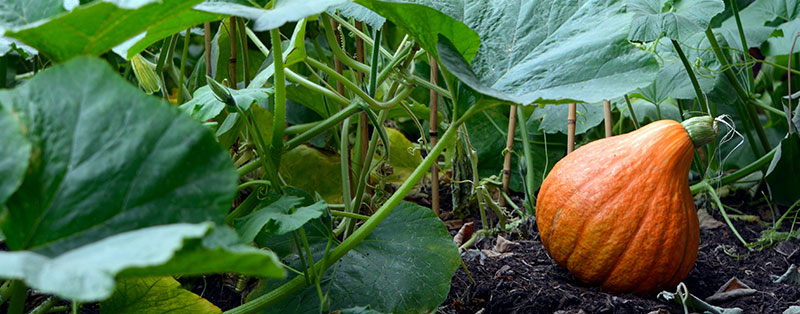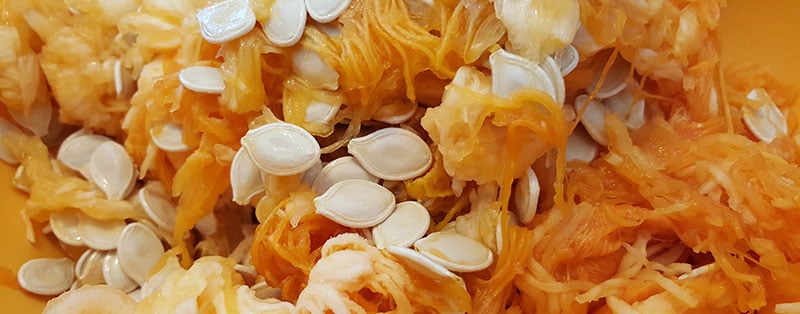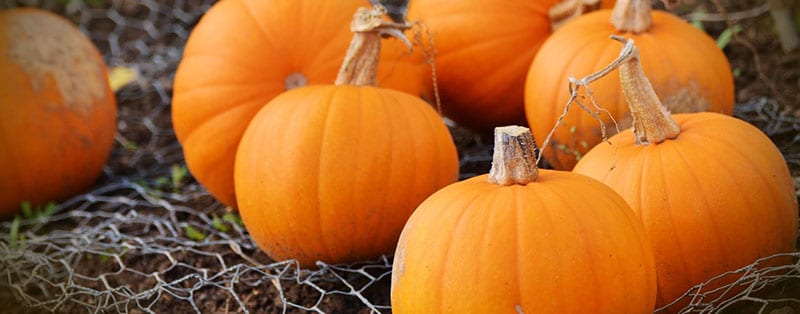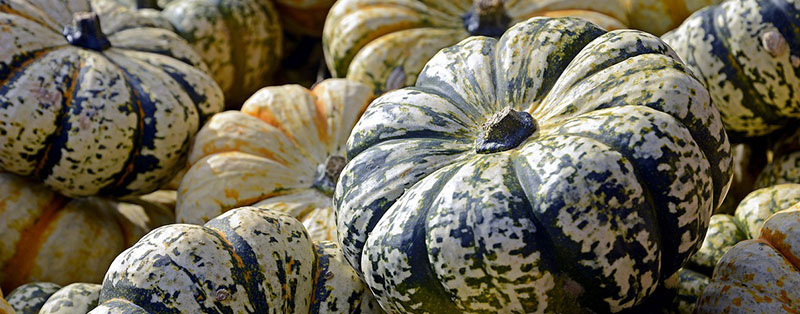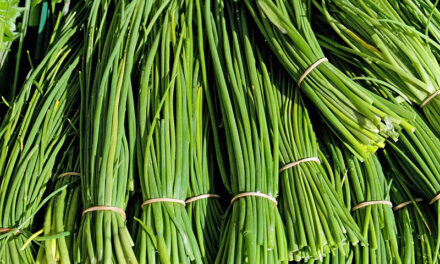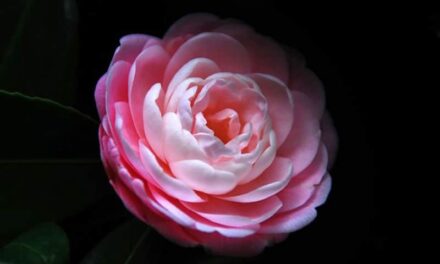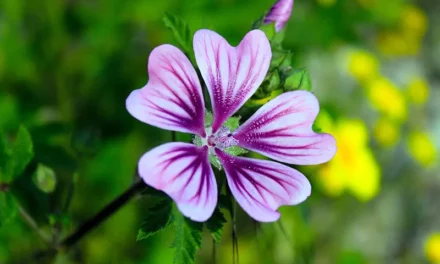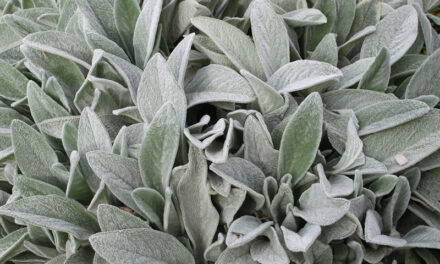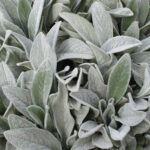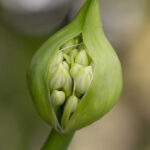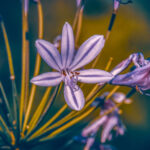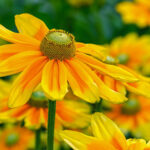Pumpkin, most know it as the lit up creations seen a lot during Halloween. However, the pumpkin is also a very healthy fruit. You can use it for stir-frying, steaming, in the oven, frying or to make some delicious soup. Or for in a lasagna, a savoury pie or rice recipes are also delicious with pumpkin in them. In this article I will tell you how you can easily grow pumpkins.
Pumpkin is a large round fruit with orange flesh. Inside, the fruit is full of flat seeds. There are different kinds of pumpkins and they are relatively high in fiber and low in calories, delicious and also healthy. So what do you need to grow pumpkins? You need some space to grow a pumpkin yourself, because it is a large plant that grows large fruits. The heaviest pumpkin ever grown weighed more than 1,100 kilograms.
Pumpkin, fruit or vegetable?
The pumpkin is related to the cucumber, gourd and zucchini. But the question remains: is it a vegetable or a fruit? The internet tells me it’s a fruit vegetable. Just like cucumber, tomato, eggplant, corn, bell pepper, avocado and artichoke. Fruiting vegetables are vegetables that carry their seeds in the fruit.
Pumpkin plant
A pumpkin grows on a pumpkin plant. It starts to grow from a seed and develops into a sturdy plant with thick stems, strong roots, large leaves and flowers. They like a humus-rich, water-permeable soil and a sunny, warm spot.
When to plant pumpkin seeds
From the beginning of April you can plant pumpkin seeds indoors or in a greenhouse. If you want to sow pumpkin outside, you can do so from the mid of May. Because pumpkin plants crawl on the ground, we need a lot of space. Therefore, sow them at a distance of about 1.5 meters, or thin out the seedlings later, so that the plants have enough space to grow pumpkins.
Pumpkin flowers
In general, the color of pumpkin flowers is yellow. The fruits grow later in the place of the flowers. Did you know that you can also consume these pumpkin flowers? They have a slightly sweet, mild taste. You can stuff them, fry them or mix them into a salad. Stir-frying is also possible and they are of course, also very suitable to be used as decoration.
Pumpkin fruit
When the fruits emerge from the pumpkin, you can place them on a bed of straw to reduce the chance of them rotting in the moist soil. The most famous pumpkin is orange in color, but there are thousands of varieties. Mini pumpkin varieties also exist among them, known by their following names: Sweet Dumbling, Baby Boo and Jack Be Little for example.
How to grow pumpkins
Pumpkins are not difficult to grow as long as you make sure you have enough space. A pumpkin is an annual plant. You can grow pumpkins from the seed and within 3 to 4 weeks it’s already an actual plant. After this it grows rapidly and produces flowers and fruits. The seeds inside the pumpkins can be kept and used to harvest new pumpkins the following year.
Sowing pumpkin
You start by sowing the pumpkin indoors, in a pot on a warm windowsill in April. If you want to sow them outside immediately, do that from mid-May as the pumpkin does not like frost. If there is a risk of frost, protect the plant with some straw or fallen leaves. You can also put a plastic tunnel or a bell jar over it. You plant the seed in a sunny sheltered spot as deep as it is large into the soil. Then water it, but not too much.
Because there is a rapid risk of mold forming with the pumpkin, you should prevent both the seed and the plant from soil that is too wet. The seeds germinate at a temperature of about 25 degrees after 6 days. Provide good fertile soil, to be able to produce large fruits, a lot of food is needed for the plant. It is best to add a good amount of compost to the soil.
Pruning pumpkin plant
The pumpkin is sensitive to fungi. You can cut off the leaves that are on the ground to prevent mold from forming. Guide the plant slightly off the ground by means of a trellis or a bamboo scaffold. You have to steal offshoots in the leaf axils of the pumpkin plant, you remove the offshoots then. Just like you do with a tomato plant, it causes the plant to put its energy into making good fruit. You can prune the large leaf of the pumpkin, this also ensures that the nutrients and moisture in the plant go directly to the fruit instead of the leaf. A large plant can create up to 25m2 of leaf surface. About 10m2 is enough to keep the plant healthy.
Pumpkin care
A pumpkin needs a lot of moisture to grow properly, in a warm period up to 10 liters per week. Insects cause the female flower to be pollinated by the male flower. You can recognize the female one by a swelling at the bottom of the flower. If you have few insects in the area, you can try pollinating yourself by rubbing the filaments of the male flower over the stigma of the female flower. It is best to do this in the morning, because the flowers close in the afternoon.
Harvest pumpkin
If you want to grow a large pumpkin, remove the other fruits from the plant. All energy will then go to the one pumpkin you want to grow. Provide the right conditions: lots of sun, shelter and moisture for the plant and a little moisture for the fruit to prevent mold formation.
When harvest pumpkin
Depending on the variety and the weather, you can harvest pumpkins from summer until late in fall. Most pumpkins can be harvested in September and October. A pumpkin is ripe when you notice that the stem of the fruit has wrinkles and grooves on it. Harvest the pumpkin by cutting the stem with a clean, sharp knife at least 5 centimeters above the fruit. So you leave a considerable piece of stem on it. The stem will dry out a bit and acts as a lid to keep the fruit well.
How to store a pumpkin?
You can store the pumpkin for a long period of time, if you do this in a frost-free place. A pumpkin can be kept for an average of 2 months at a temperature between 12 and 15 degrees, depending on the type.
Types of pumpkins
Ornamental pumpkin
Ornamental pumpkins are called gourds. The fruit of the ornamental gourd is often poisonous. They have a bitter taste and contain the substance cucurbitacin. Therefore, only eat pumpkins that have been grown for consumption. All edible pumpkins can of course also be used for decoration purposes.
Edible pumpkin
Patisson
This is a pumpkin variety that is white, yellow or light green in color. The size is about 15-20 centimeters. The plant is not climbing. The Patisson is also used as an ornamental piece.
Spaghetti squash
Pumpkin with elongated, large and pale yellow fruits. The young fruits have a reasonable taste, which resembles spaghetti when cooked.
Figleaf squash
The plant of this pumpkin has fig leaves with yellow flowers. The pumpkins are oval round and about 50 cm tall. The skin is green in colour with white stripes or spots.
Giant pumpkin
The pumpkin of this type can grow up to 1 meter and 70 kilos in weight. When harvested earlier, the pulp of the orange pumpkin is suitable for making jam. The ‘Goliath’ variety is most suitable for it, the yellow giant squash is less tasty. The giant pumpkin is also called the winter pumpkin.
Ayote
This is an annual climbing or creeping plant with heart-shaped leaves. The pumpkins come in many color variations and are round, oval, oblong or pear-shaped.
Musk gourd
A plant with very long tendrils, which can grow up to 10 meters in length. A small pumpkin with dark yellow flesh and it tastes sweet.
Bottle gourd
A vase-shaped beige coloured fruit with orange flesh and a sweet nutty taste.
Chestnut squash
A green-coloured pumpkin, which has a slightly spicy chestnut-like taste and firm ocher-coloured flesh.
Hokkaido
A Japanese pumpkin variety with an orange color with very firm flesh that has a sweet taste.
Acorn squash
Small heart-shaped pumpkin with a deep orange or deep green color or a mixture of both.

